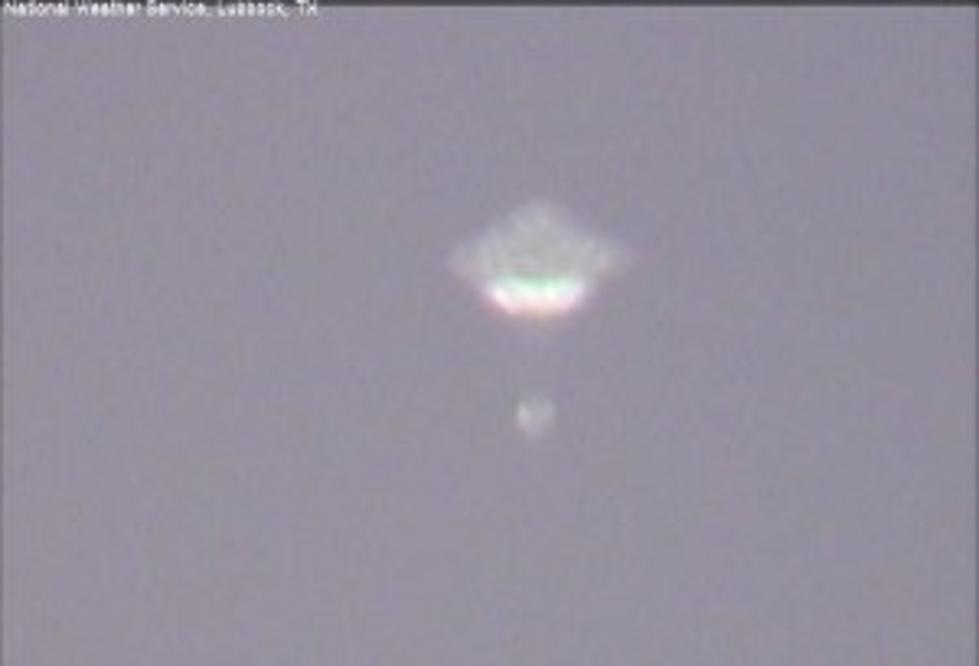Maybe Paranoia Is The Point
Chinese balloons and hybrid war theory

As the rule goes, once is happenstance, twice is coincidence, three times is enemy action. At least four different objects have been shot down in the last week after they entered Canadian or US airspace. Although such aircraft have operated over Taiwan and North America in recent years, the sudden flurry of spy …
Keep reading with a 7-day free trial
Subscribe to Polemology Positions to keep reading this post and get 7 days of free access to the full post archives.

